Sonic Frontiers is finally here, bringing the blue blur and a few friends into a fresh new take on the iconic franchise.
The story sees Sonic, Tails, and Amy Rose venture to the Starfall Islands in search of the Chaos Emeralds, but run into trouble fairly quickly, and it’s up to Sonic to figure out exactly what’s going on. The hedgehog’s adventure across the islands brings him into contact with plenty of new enemies and a mysterious girl named Sage, who seems to be connected to Dr. Eggman somehow. The story of Sonic Frontiers, like other 3D Sonic games, is a little out there, and is, to be frank, a little shorter than I would have liked. The game itself is full of good ideas, but when most of your story is told with one-on-one cutscenes between Sonic and another character in an empty landscape, it’s bound to feel a little lacking, especially if you’re quickly speeding from one story beat to the next.
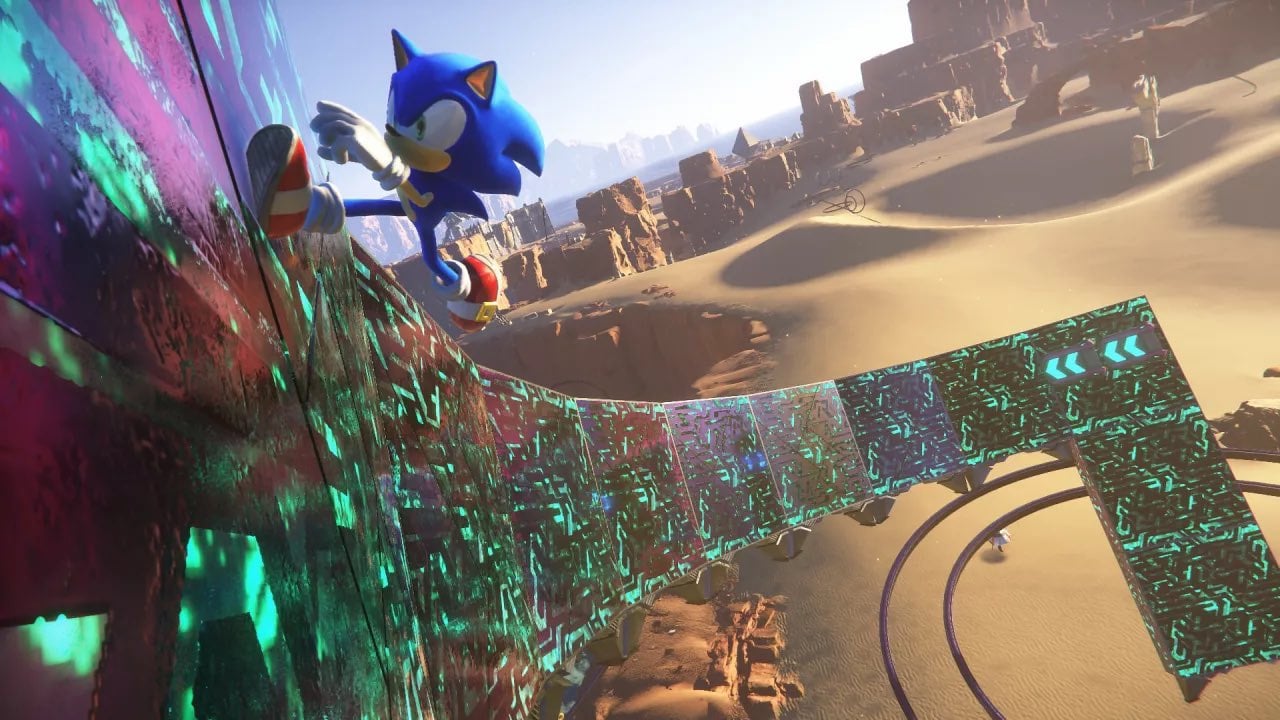
Though the story can feel lackluster at times, Frontiers does introduce plenty of brand-new and interesting lore to the series, which I’m sure will fuel fan-theories and speculation for years to come. New lore isn’t the only exciting thing present either, as there are also plenty of references to the events of older Sonic games that I enjoyed seeing as a long-time Sonic fan, including a couple references to characters from spinoffs and the IDW Sonic comic series that previously haven’t been seen in a mainline Sonic game before, making me hopeful that Sonic Team has ideas on widening Sonic’s world in mainline titles in the future.
Sonic Frontiers’ big claim to fame before release was that it was introducing a brand new gameplay style to the series in the form of Open Zones – vast swaths of open world for Sonic to run around in. Each Open Zone is made up of one of the aforementioned Starfall Islands and features plenty of puzzles, enemies, and platforming areas that Sonic will have to conquer in order to advance the story. In each of the Open Zones are also portals to Cyberspace levels, which are more traditional Sonic levels in both 2D and 3D. The Cyberspace levels are all designed very well, and were very fun to play. Some of my favorite Cyberspace levels even call back to levels from older Sonic games – it was always very exciting to be racing through a level to realize that it was taking solid inspiration from a level from Sonic Adventure 2 that is burned into my brain forever.
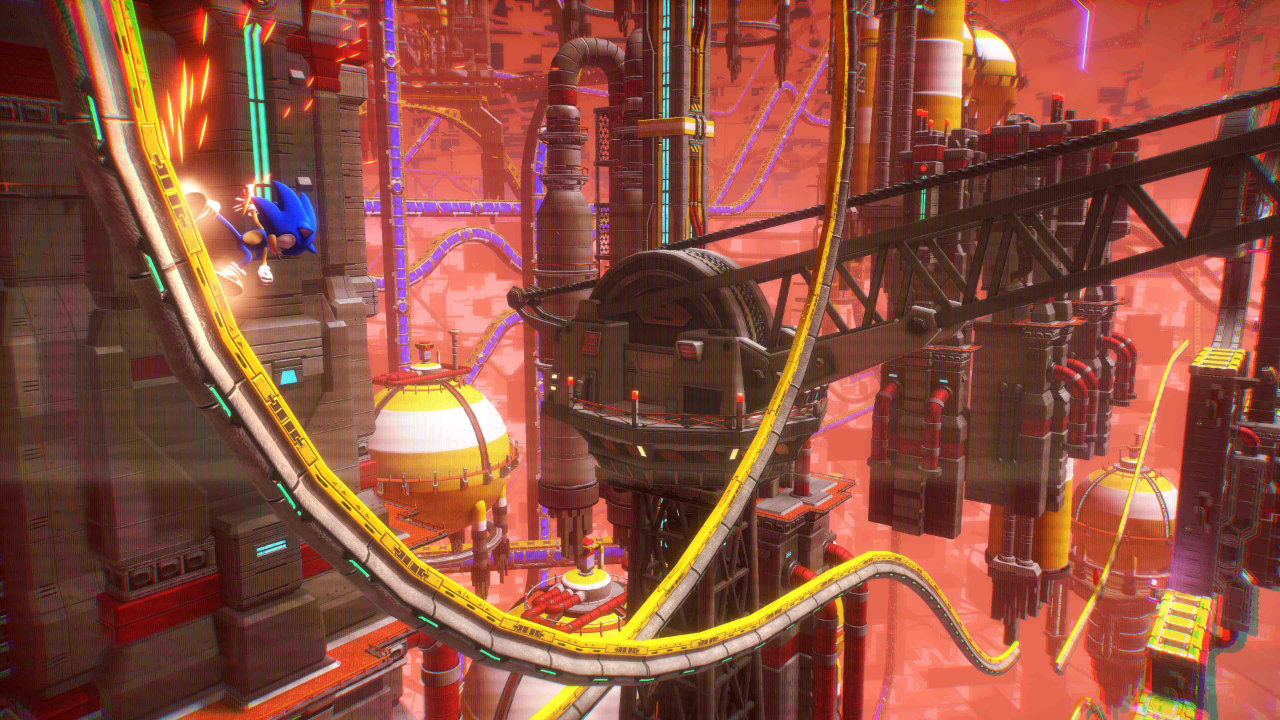
In both the Open Zone and the Cyberspace levels, Sonic moves incredibly naturally once you get the hang of the controls. Once you get the timings down to get Sonic to flow from one action to the next at high speed you feel like nothing can stop you from actually rolling around at the speed of sound. I quickly felt more at home controlling Sonic at high speeds in Frontiers than I think I ever have in a 3D Sonic game, and I hope that continues in the franchise going forward.
The puzzles present in each Open Zone are fairly easy to complete, and completing them “discovers” a new part of your map to view and adds to that island’s completion rate. Defeating enemies and completing platform challenges will reward you with various items needed to complete the story’s objectives, and they all feed into each other to form the core gameplay loop of Sonic Frontiers: you defeat enemies to earn Gears, which unlock portals leading to Cyberspace levels, which you complete to earn Vault Keys to finally unlock Chaos Emeralds. Back in the Open Zone you’ll find Memory Tokens for different characters, which are the main currency for triggering story cutscenes or story-related minigames. This loop is fine, in theory, since it encourages exploring the Open Zones and actually playing the game, except for the fact that each Open Zone also features portals to a fishing minigame with Big the Cat. In this minigame you can catch fish, which will earn you Fishing Tokens from Big, which you can then trade for various rewards. Each of the necessary story items mentioned above is freely available as a Fishing Token reward, completely negating any actual need to actually play the rest of the game, provided you fish for long enough. I am a sucker for both fishing minigames and Big the Cat, so I was actually pretty excited at the inclusion of this feature, but I was still baffled to discover this weird little quirk that essentially lets you skip most of the game that is otherwise focused on getting its players to explore it as much as possible to collect items.
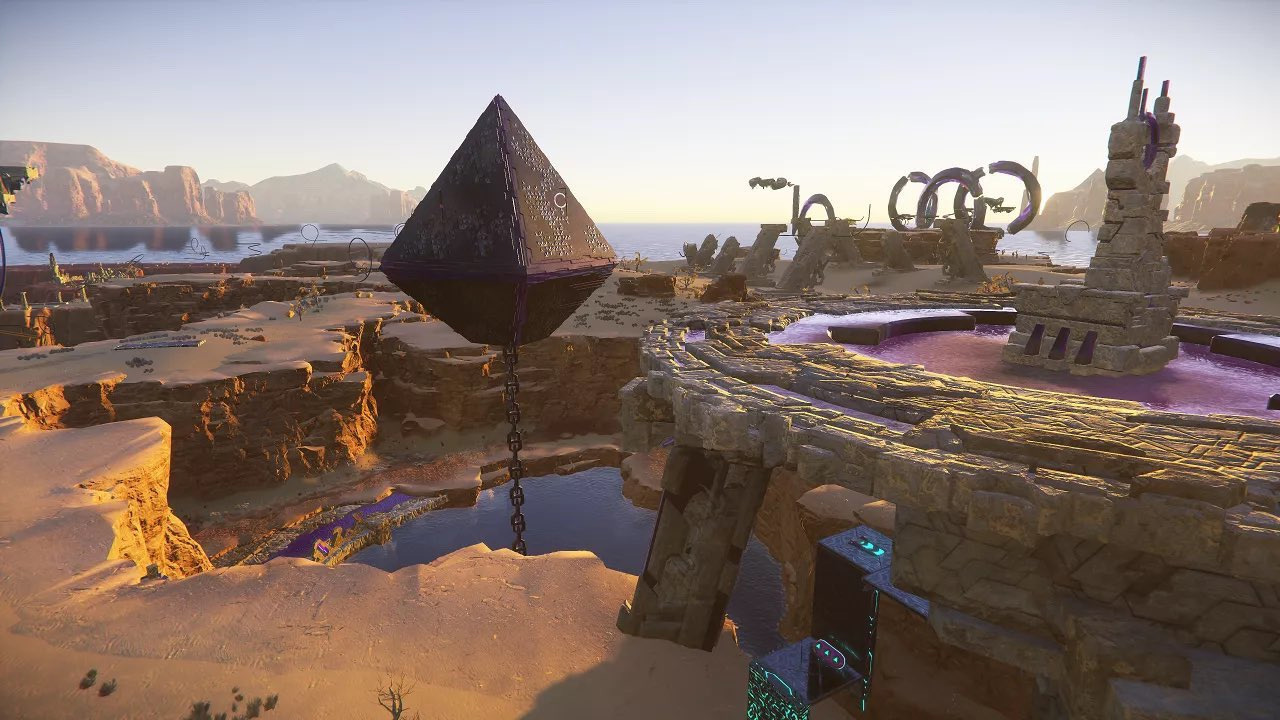
There’s another part of this game that felt a little off to me in regards to advancing the story, and that was a selection of mandatory minigames towards the end of each Open Zone’s story. Instead of the expected longer, more complex traditional Sonic level in order to advance, you’ll be doing seemingly random, and sometimes frustrating, things like playing a herding minigame, diving through glowing rings as you fall from the sky, or playing a bullet hell minigame to hack a terminal. These minigames aren’t all bad – I particularly enjoyed playing Frontiers’ homage to Sonic Spinball, even if the required score to move the story along was much, much too high – but I’d rather have spent more time playing what felt like a Sonic game rather than whatever Sonic Team felt like throwing at the wall.
Each Open Zone leads up to a boss fight with a Titan, each of which looks astoundingly like a Hollow ripped straight from the early pages of Bleach and given some technological upgrades. In a surprising twist, you’ll get to play as Super Sonic for each and every boss fight in Frontiers, rather than just the last fight, since you’ll be collecting all seven Chaos Emeralds in each Open Zone. These boss fights easily avoid becoming stale or blending together by giving each Titan a different gimmick for you to overcome as Super Sonic, and for the most part they are pretty fun and engaging, even if it isn’t always apparent how to best do damage to each Titan at first.
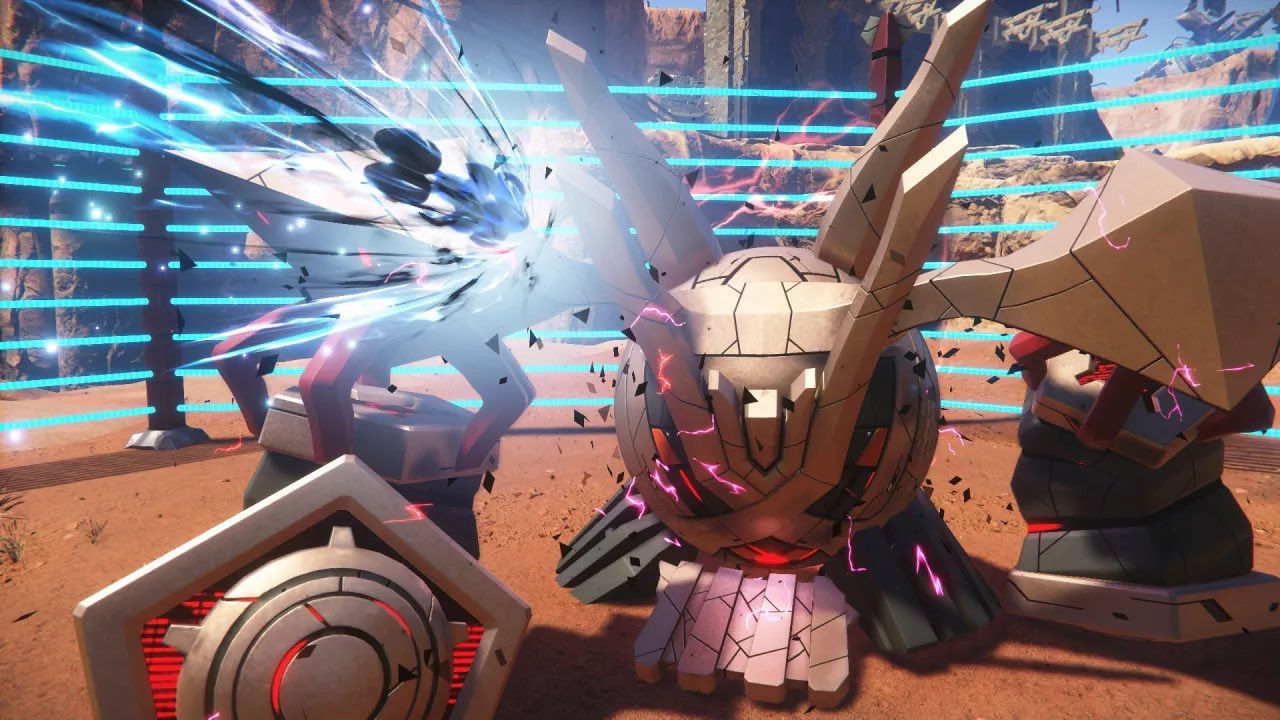
The two problems I had as far as boss fights go, however, both relate to the final boss fight. In Easy and Normal difficulties, the final fight is just like any other Titan fight, with next to nothing that makes it stand out, and truthfully it isn’t even the most difficult Titan you’ll fight. Once I beat it and completed the game I was left asking myself, “Is that it?” Now, if you beat the last Titan on Hard mode, there is a special final phase of the fight, but don’t get too excited – it’s just another bullet hell minigame. The anticlimactic finale really left me wanting more, and made me wonder if saving the Super Sonic transformation for the end of the game would have been a wiser choice for Sonic Team to make, because then at least the fight would have something special going for it.
One thing that I have always adored about each Sonic game are the soundtracks, and Sonic Frontiers is no exception. I’d say the weakest link is the ambient music for each Open Zone, but even that is well-crafted and does a great job setting the tone. Each and every Cyberspace level has its own synth-filled composition, and they are all bangers. The game switches it up for the boss fights and gives each Titan its own metal-inspired theme and, like the Cyberspace tracks, they are all right up my alley. I don’t think I ever expected to hear post-hardcore screaming in a Sonic game, but I enjoyed every second of beating down a each Titan to a sound of thrashing guitars with Kellin Quinn of Sleeping With Sirens screaming in my ear. The soundtrack is easily my favorite part of Sonic Frontiers, and as a whole is my favorite Sonic soundtrack I’ve heard in a very, very long time.
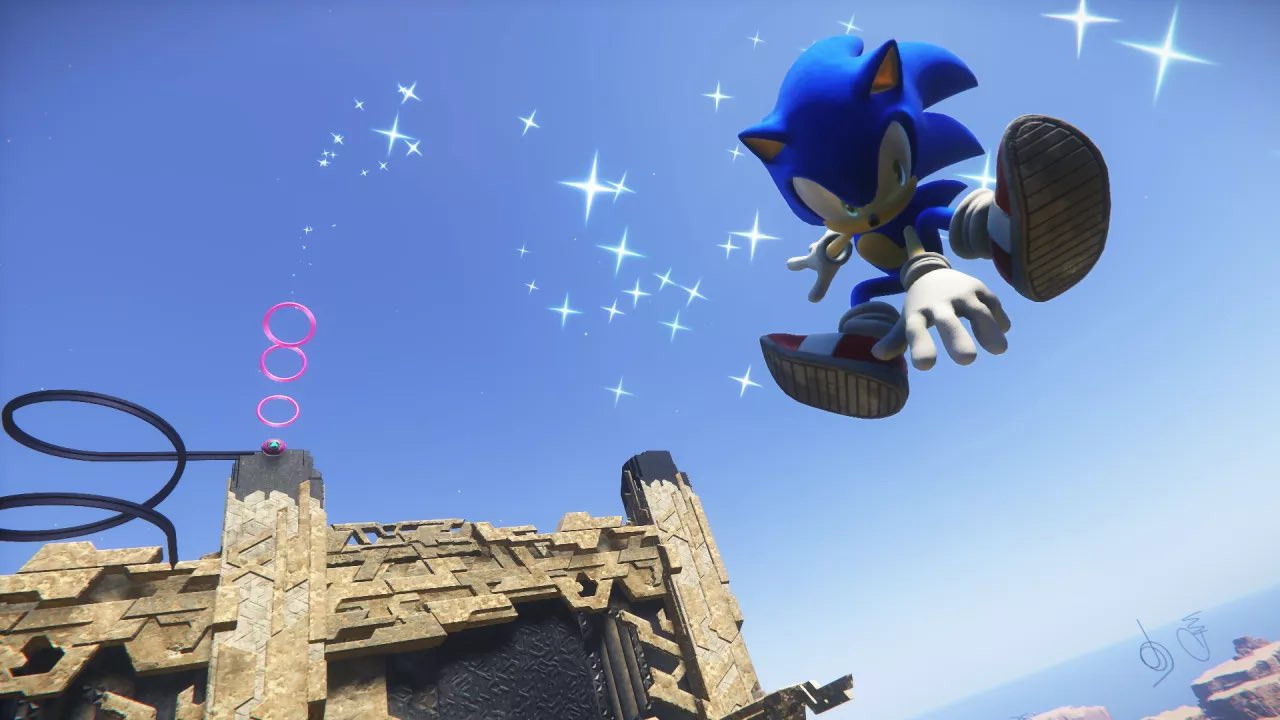
Now we get to some fairly bad news, and I’ll just come right out and say it: the Switch is far from the optimal way to play this game. With that said, Sonic Frontiers is not unplayable on Switch, it’s just a pretty limited experience, graphically. There are frame-rate issues from the get-go, which do not pair well at all with the stylistic choice to make the Cyberspace look, well, cyber. The glitchy effects don’t look like they are on purpose at all when the game is stuttering during cutscenes, to the point that I wondered if my Switch was actually struggling to load the game’s initial cutscene before I realized the glitching was intentional.
Elsewhere there is plenty of pop-in for several elements of the Open Zones, especially when moving at high-speed. This was sometimes to the detriment of figuring out some of the platforming challenges scattered about the Open Zones, since it could be difficult to see what was coming up next or work my way backwards from the end of a section I’d discovered to see where I needed to go to start the section. Boss fights were, for the most part, okay, but the third boss fight in particular featured the worst technical performance I’d seen from Sonic Frontiers, suffering from a drastically reduced resolution for most of the fight and coming to a complete halt a few times, during which I had no choice but to simply wait for the action to start up again. Outside of that fight, however, the game’s resolution was actually better than I expected in both handheld and docked modes, and admittedly several of the Open Zone locations did look gorgeous when I wasn’t attempting to break the sound barrier.
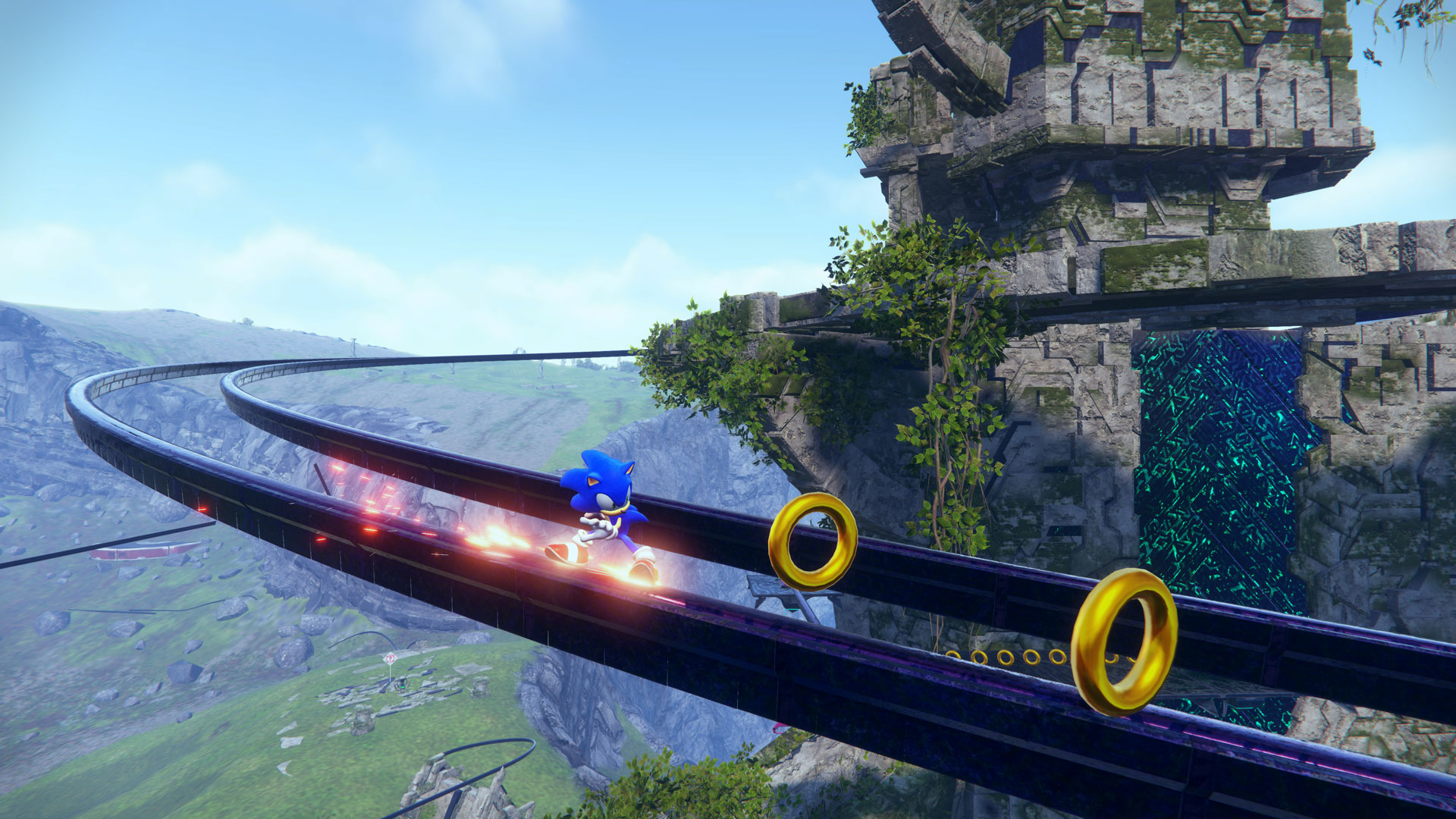
If you couldn’t tell, I’m fairly conflicted about Sonic Frontiers. On one hand it was a genuinely enjoyable game, but on the other hand it felt like it had so much more to offer, but never actually offered it. Sonic Frontiers has a lot of potential, it just almost feels more like a proof of concept for what the future of Sonic the Hedgehog could look like, rather than a full game. Add that to some sub-par performance on Switch and you might be left feeling especially disappointed if you choose to play on Nintendo’s handheld. Do
n’t get me wrong, however, as a massive Sonic fan, I had a blast playing this game, because it isn’t a bad game, but it’s also not a great one. There are a lot of elements here that work really well, they are just bogged down in plenty of other things that, at best, don’t offer the depth I was looking for and, at worst, actively detract from what a Sonic game should be. As a lifelong fan of the blue blur, I know that it doesn’t always pay to be hopeful, but I really think that if Sonic Team can take the best of what they’ve brought to the table with Sonic Frontiers and refine it even further, then I’m excited for the future of Sonic the Hedgehog.
Leave a Comment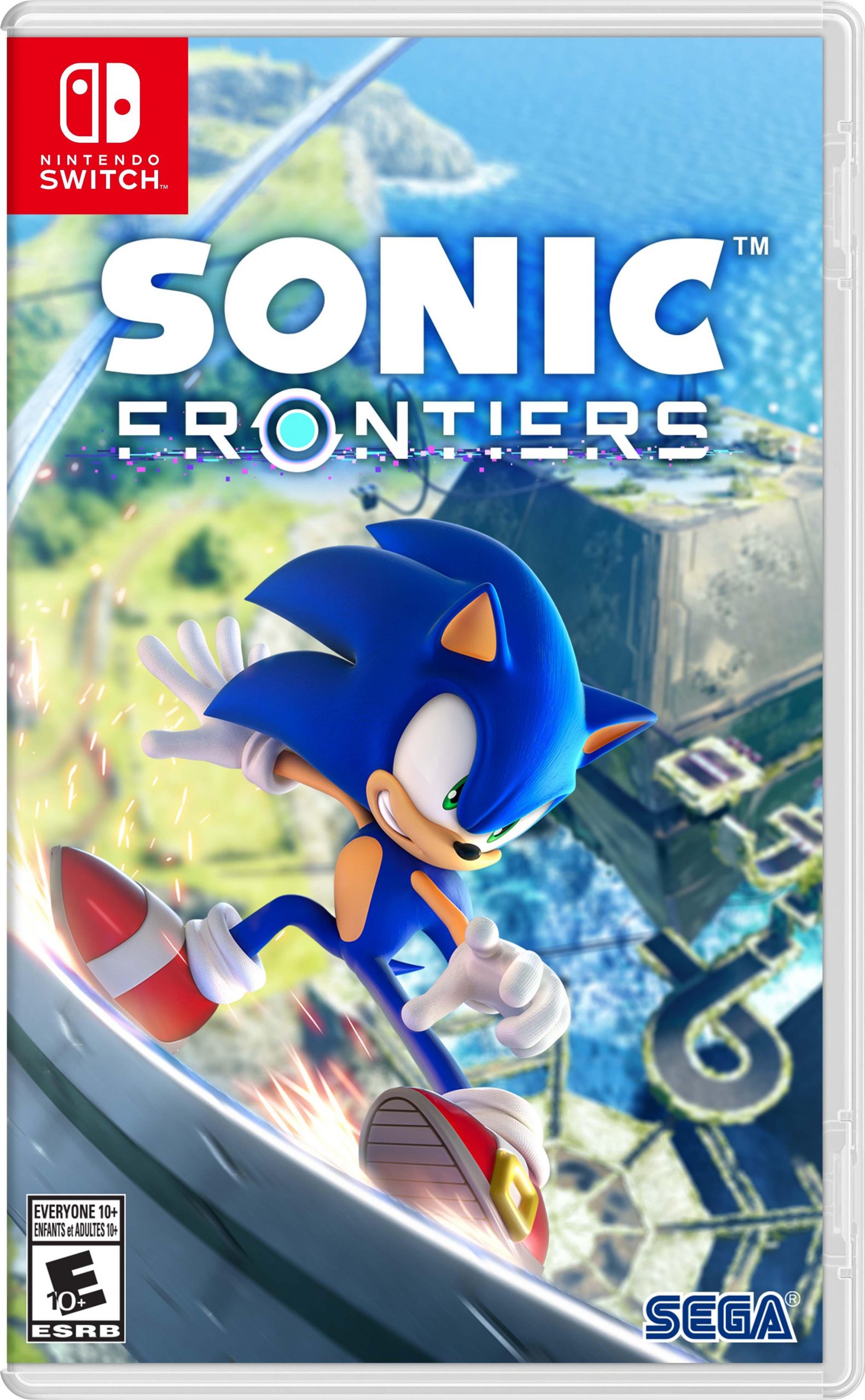
System: Nintendo Switch
Release Date: November 8, 2022
Categories: Platformer, Adventure
Publisher: Sega
Developer: Sonic Team


